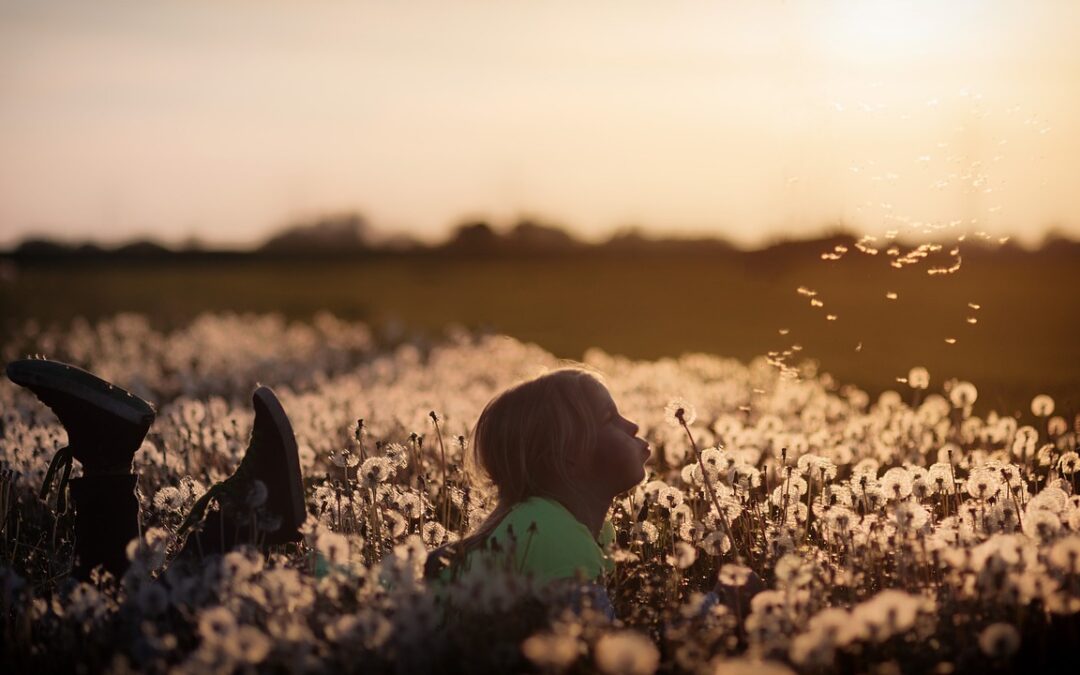
by The Children's Treatment Center | Apr 10, 2016 | General
These days, children often have stressors that come at them from all directions. Schools are sending more homework and projects home with children, kids are busy after school with extra-curricular sports and activities, and there are video games, social media, and...


